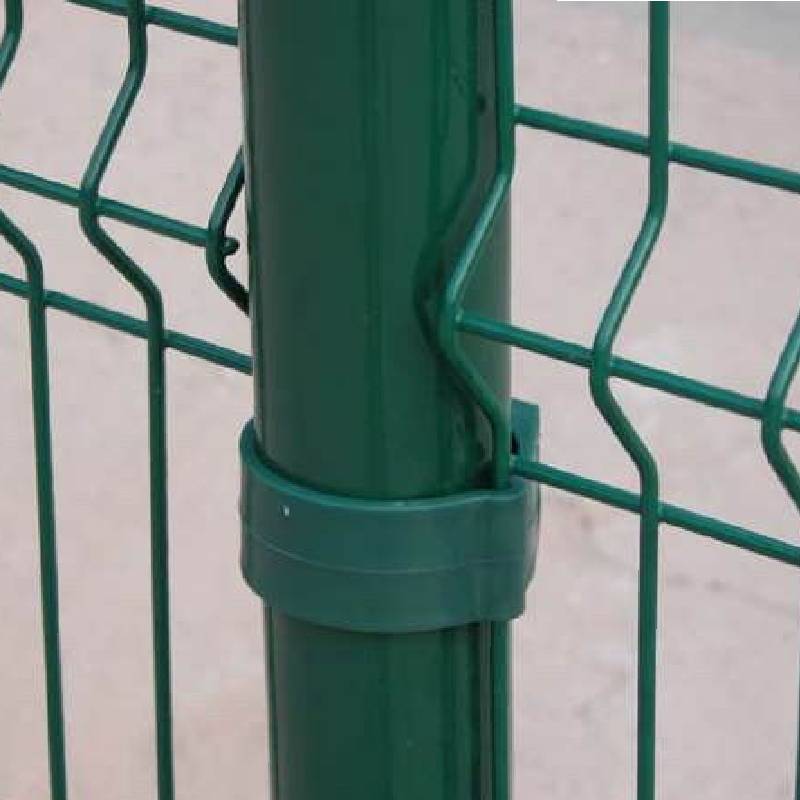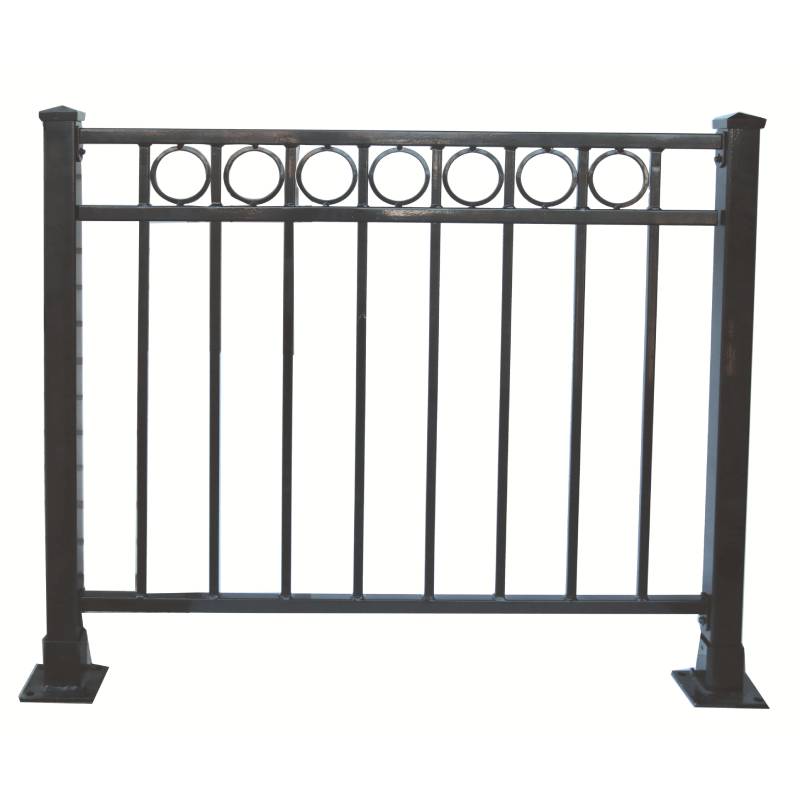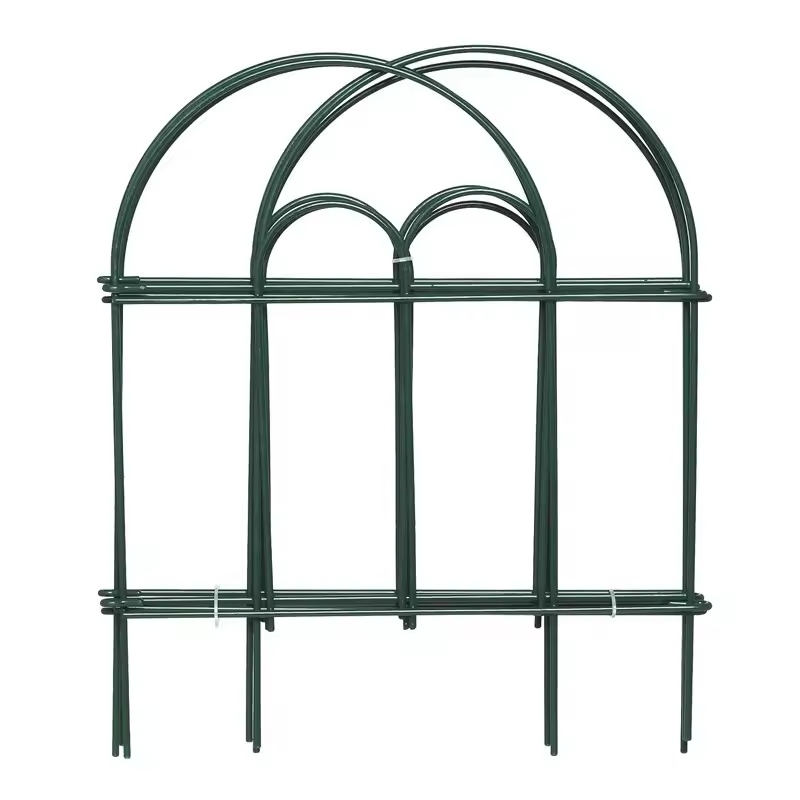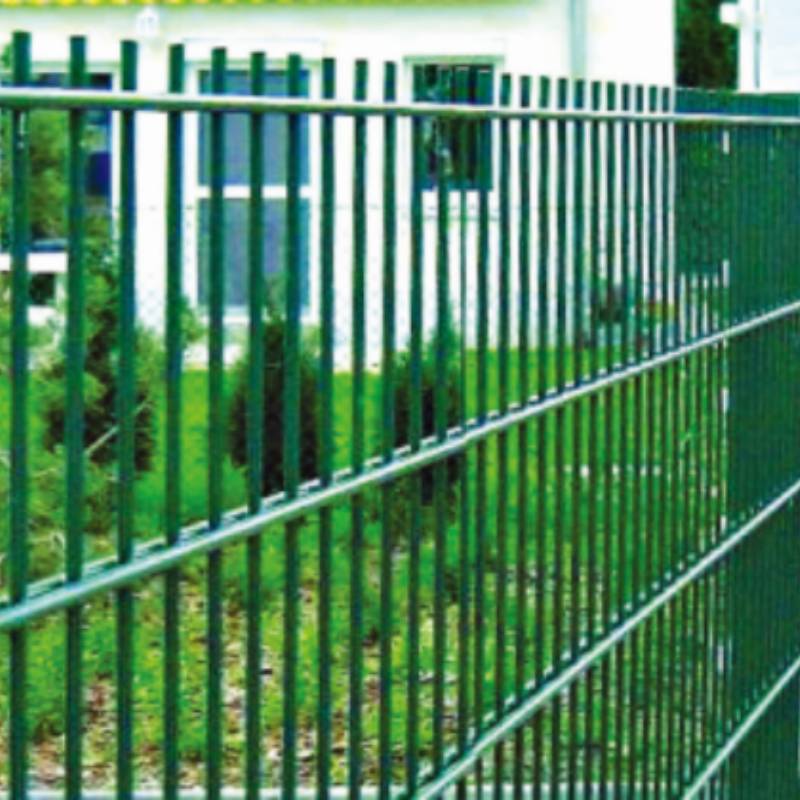-
E-post:zhao@hyliec.cn
-
Tel:+86 311 85273988
-
WhatsAPP:8613931128750
-
 Aafrika
Aafrika -
 albaanlane
albaanlane -
 amhari
amhari -
 araabia keel
araabia keel -
 armeenlane
armeenlane -
 Aserbaidžaan
Aserbaidžaan -
 baski keel
baski keel -
 valgevenelane
valgevenelane -
 bengali
bengali -
 bosnia keel
bosnia keel -
 bulgaaria keel
bulgaaria keel -
 katalaani
katalaani -
 Cebuano
Cebuano -
 Korsika
Korsika -
 Horvaatia
Horvaatia -
 Tšehhi
Tšehhi -
 taani keel
taani keel -
 hollandi keel
hollandi keel -
 Inglise
Inglise -
 esperanto
esperanto -
 eesti keel
eesti keel -
 soome keel
soome keel -
 prantsuse keel
prantsuse keel -
 friisi keel
friisi keel -
 Galicia
Galicia -
 Gruusia keel
Gruusia keel -
 saksa keel
saksa keel -
 kreeka keel
kreeka keel -
 gudžarati
gudžarati -
 Haiti kreool
Haiti kreool -
 hausa
hausa -
 havai
havai -
 heebrea keel
heebrea keel -
 Ei
Ei -
 Miao
Miao -
 ungari
ungari -
 islandi
islandi -
 igbo
igbo -
 Indoneesia
Indoneesia -
 iirlane
iirlane -
 itaalia keel
itaalia keel -
 Jaapani
Jaapani -
 jaava keel
jaava keel -
 kannada
kannada -
 kasahhi
kasahhi -
 khmeerid
khmeerid -
 Rwanda
Rwanda -
 korea keel
korea keel -
 kurdi
kurdi -
 kirgiisi
kirgiisi -
 TB
TB -
 ladina keel
ladina keel -
 lätlane
lätlane -
 Leedu
Leedu -
 Luksemburgi keel
Luksemburgi keel -
 makedoonlane
makedoonlane -
 Malgashi
Malgashi -
 malai
malai -
 malajalami
malajalami -
 malta keel
malta keel -
 maoorid
maoorid -
 marati
marati -
 mongoli keel
mongoli keel -
 Myanmar
Myanmar -
 Nepali
Nepali -
 norra keel
norra keel -
 norra keel
norra keel -
 oksitaan
oksitaan -
 puštu
puštu -
 pärslane
pärslane -
 poola keel
poola keel -
 portugali keel
portugali keel -
 pandžabi
pandžabi -
 rumeenlane
rumeenlane -
 vene keel
vene keel -
 Samoa
Samoa -
 šoti gaeli keel
šoti gaeli keel -
 serblane
serblane -
 Inglise
Inglise -
 Shona
Shona -
 Sindhi
Sindhi -
 singali keel
singali keel -
 slovaki
slovaki -
 Sloveenia
Sloveenia -
 Somaalia
Somaalia -
 hispaania keel
hispaania keel -
 sundalane
sundalane -
 suahiili keel
suahiili keel -
 rootsi keel
rootsi keel -
 tagalog
tagalog -
 tadžiki
tadžiki -
 tamili keel
tamili keel -
 tatarlane
tatarlane -
 telugu
telugu -
 Tai
Tai -
 türgi keel
türgi keel -
 türkmeen
türkmeen -
 ukrainlane
ukrainlane -
 urdu
urdu -
 uiguurid
uiguurid -
 usbeki
usbeki -
 vietnamlane
vietnamlane -
 kõmri
kõmri -
 Abi
Abi -
 jidiš
jidiš -
 joruba
joruba -
 suulu
suulu
Paneeltara
Wholesale Metal Fence Panels ?
Wholesale metal fence panels are a popular choice for those looking for durable and secure fencing solutions. These panels are often made steel materials providing a
strong and long-lasting option for garden fencing. They are available in various designs and sizes, making them suitable for a wide range of applications. Wholesale options offer cost-effective solutions for purchasing metal fence panels in bulk, making them ideal for contractors, landscapers, and property developers looking to install fencing on a larger scale.
Is It Cheaper To Buy Fence Panels Or Build Them?
The cost of buying fence panels versus building them can vary depending on several factors. In general, buying pre-made fence panels can be cheaper and more time-efficient than building them from scratch. Pre-made panels are mass-produced, which often makes them more cost-effective due to economies of scale. Additionally, purchasing fence panels can save on labor costs, as they are typically easier and quicker to install compared to building a fence from individual components. However, building a fence from raw materials allows for more customization and control over the design, which may be a priority for some individuals. It's important to consider the specific requirements, budget, and time constraints when deciding whether to buy or build fence panels.
How To Install A Panel Fence?
To install a panel fence involves several steps:
1. Measure and plan: Determine the length of the fence and calculate the number of panels needed. Plan the layout and ensure the fence posts are installed at the appropriate intervals to accommodate the panels.
2. Install the posts: Dig holes for the fence posts, ensuring they are deep enough to provide stability. Set the posts in concrete and allow them to cure before attaching the panels.
3. Attach the panels: Once the posts are set, attach the panels to the posts using appropriate fasteners such as screws or nails. Ensure the panels are level and properly aligned.
4. Add finishing touches: Depending on the type of panels used, additional finishing touches such as capping, trim, or paint may be required to enhance the appearance and durability of the fence.
5. Maintenance: Regular maintenance, such as cleaning and sealing, may be necessary to ensure the longevity of the fence panels.
It's important to follow the manufacturer's instructions and local building codes when paneling a fence to ensure proper installation and compliance with regulations. If in doubt, it's advisable to consult with a professional or seek guidance from experienced individuals.








